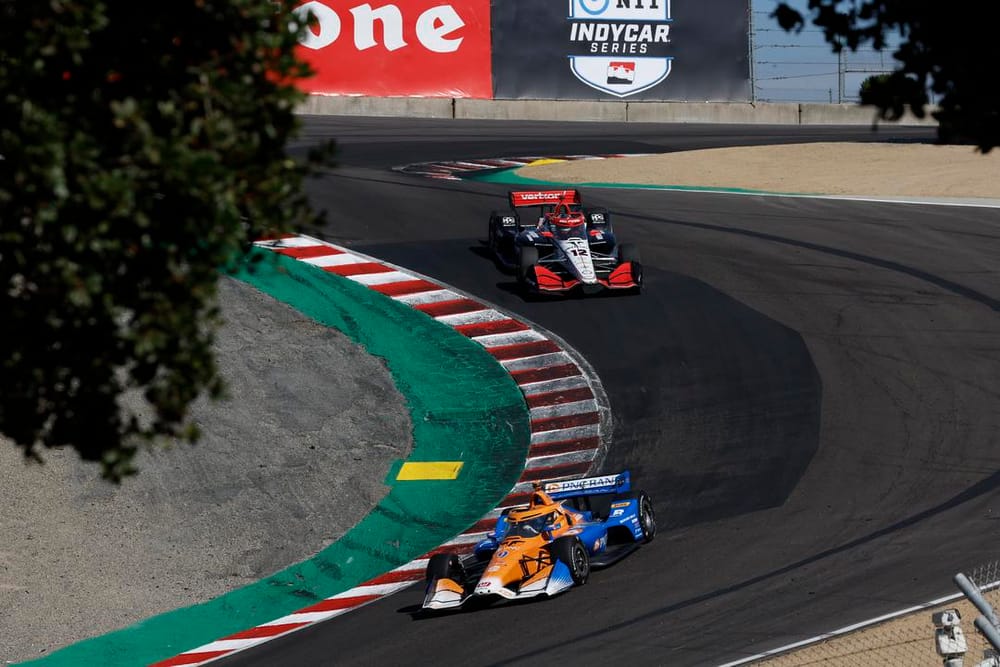We’re at the halfway point of the 2024 IndyCar season and there’s a clear trio of drivers you have to say are the leading contenders for the title.
Behind them, there are drivers who have been fast but inconsistent, consistent without that peak performance, too error prone, or too lacking in other areas to sustain a challenge.
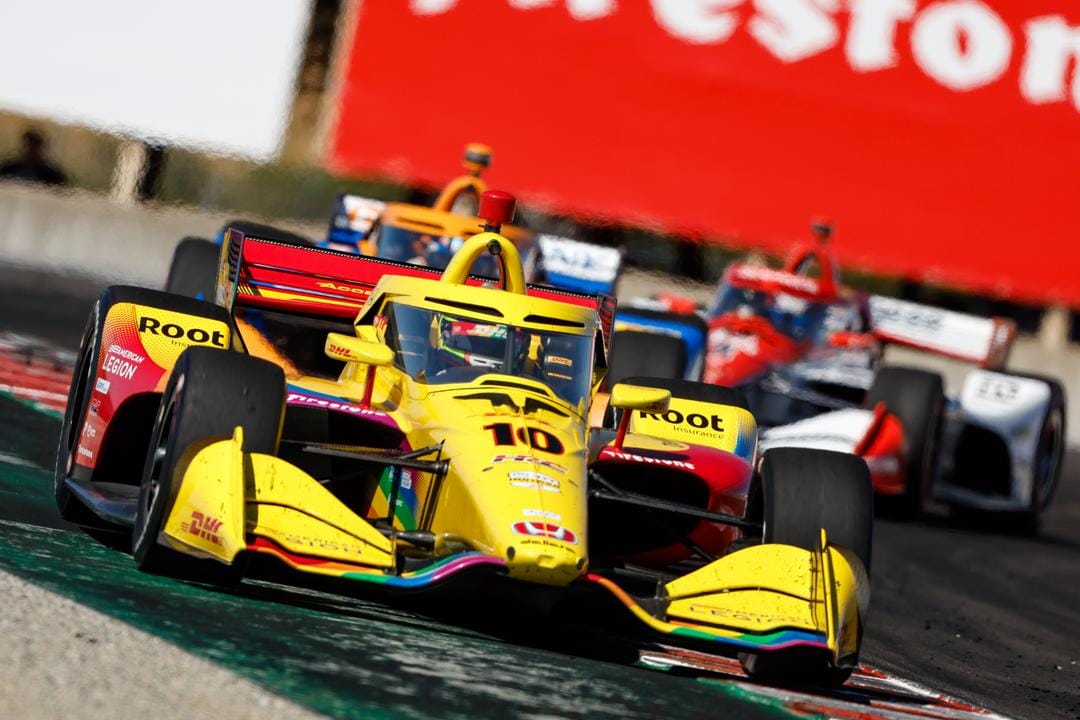
Especially when Alex Palou, the driver who has become an expert at consistency, is in the reckoning. When he was taken out in Detroit last month by Josef Newgarden, it ended Palou’s run of 24 races finishing eighth or better. And he's not even our current favourite.
We’ve taken a deep dive into the data to pick out the trio of contenders most likely to take the title. We’ll highlight their strengths and weaknesses at the remaining tracks and ask what might help them seal the championship - or what could take it away from them.
Who are the favourites + who's missing out?
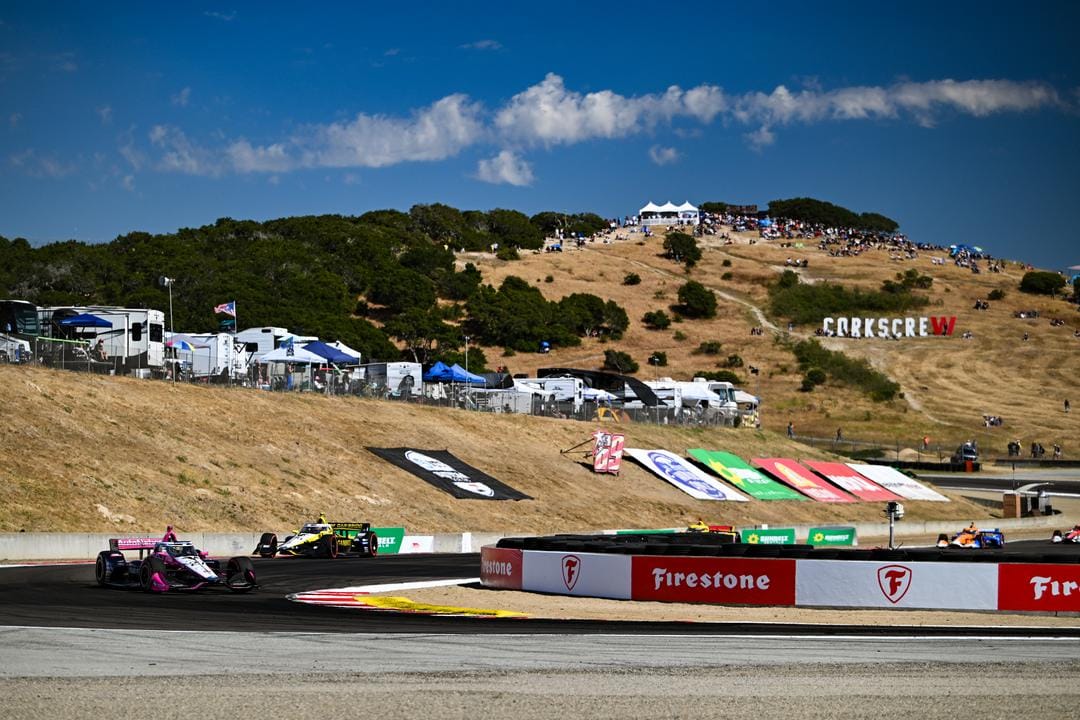
The current top three in the standings - Alex Palou, Will Power and Scott Dixon - are the favourites.
There’s a 36-point buffer from Dixon back to the chasing pack, which is significant but not insurmountable.
But the Andretti pair in fourth and fifth, Colton Herta and Kyle Kirkwood, have opposite problems that mean they're some way short of being on par with the elite trifecta at the top.
Herta has high peaks but has made multiple errors, while Kirkwood’s been really consistent but is yet to score a podium - the top trio in the championship all have at least three top-three finishes already.
The three drivers behind the Andretti duo with wins have all made too many errors - that’s Pato O’Ward, Scott McLaughlin and Josef Newgarden.
So just to clarify, we’re not saying these drivers can’t win, just that it’s unlikely at this point without a serious turnaround in form and serious misfortune for those up front.
The favourite: Scott Dixon
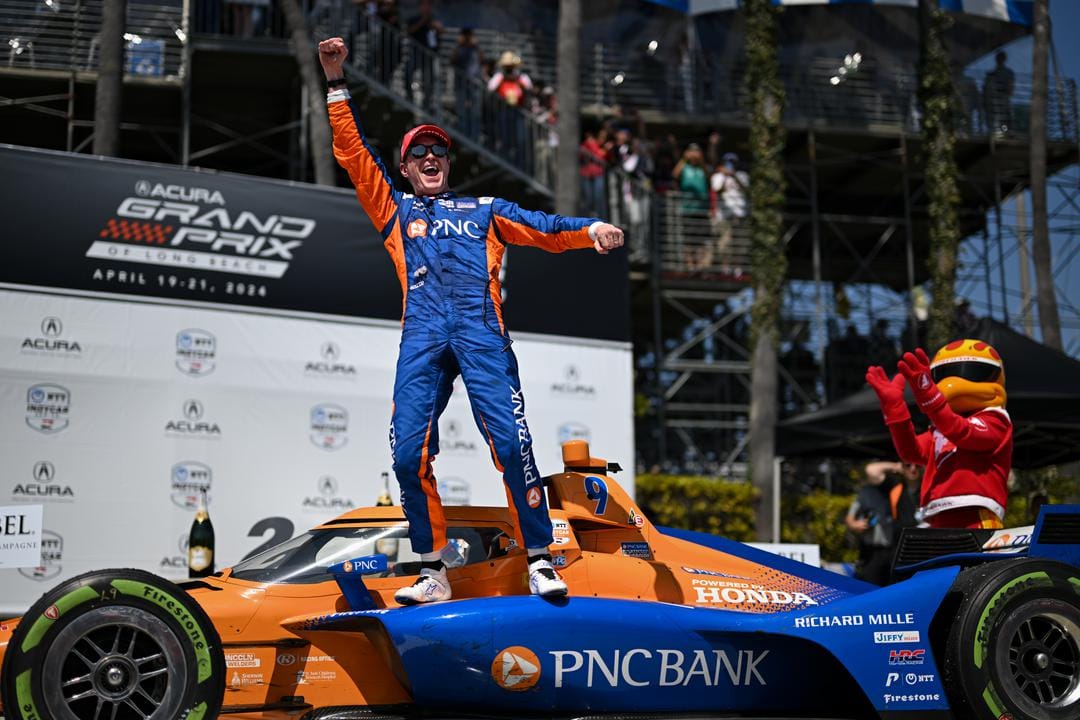
Yes, we’re making Dixon the favourite among the top three, despite the fact that he is third in the championship at the halfway stage. The Ganassi driver is chasing a record-equalling seventh title to match AJ Foyt, and Foyt’s all-time win record, too.
Why is he the favourite if he's third?
Dixon might be trailing currently but the statistics are in his favour.
For this feature we’ve analysed a bunch of stats. We’re taking a sample set of 2021 onwards because that’s when Palou was first in a competitive car - joining Ganassi after his rookie year at Dale Coyne in 2020 - so we get representative data across all three.
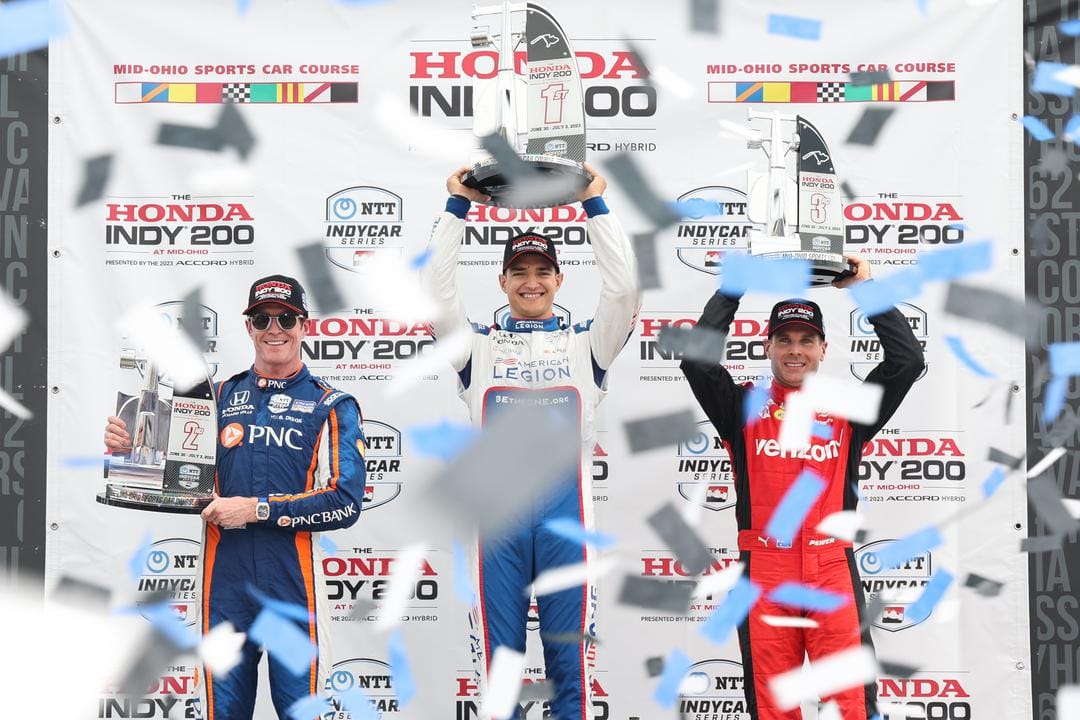
With that data, of the tracks IndyCar’s been to before and that are coming up on the calendar this year, Dixon has a better average finish than Palou and Power. That’s at Mid-Ohio, Iowa, Toronto, Gateway and Portland.
For the ranking below, we worked out the average finishing position of each driver at these tracks for each season (2021-23, we've also put that ranking below), and then worked out an average from the three seasons.
Best driver at remaining 2024 tracks each season
2021
Palou - 8
Dixon - 8.67
Power - 13.67
2022
Dixon - 4.33
Power - 5.17
Palou - 8
2023
Dixon - 3.67
Palou - 3.67
Power - 9.67
From that, we take each driver's average finish, add them together and divide by three to get an average of those three years at those tracks:
Dixon 5.56
Palou 6.56
Power 9.5
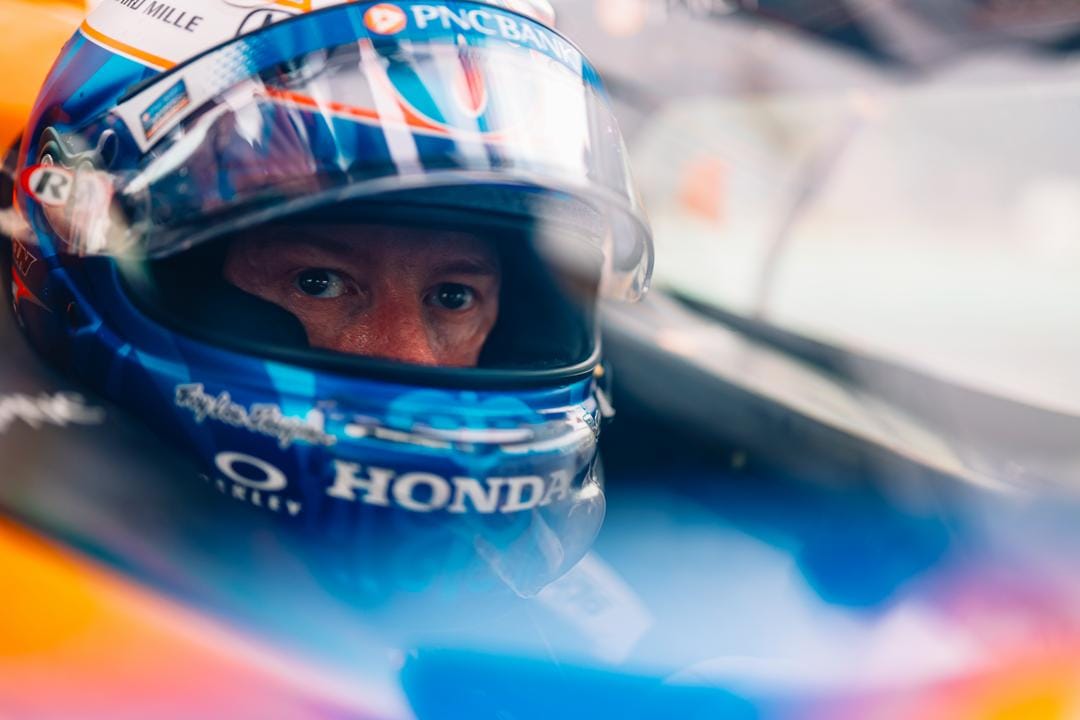
The news gets better for Dixon. There are two tracks we haven’t been to in that three-year period we’re analysing, Milwaukee (last run in 2015) and the Nashville superspeedway, which IndyCar hasn’t used since 2008.
At Milwaukee, Dixon has an average finish of 6.17 over 12 races, while Power has seven starts and an average finish of 9.57. There’s two races at the Milwaukee Mile this year and, while experience back in 2015 might not be the deciding factor, it’s experience Dixon can lean on.
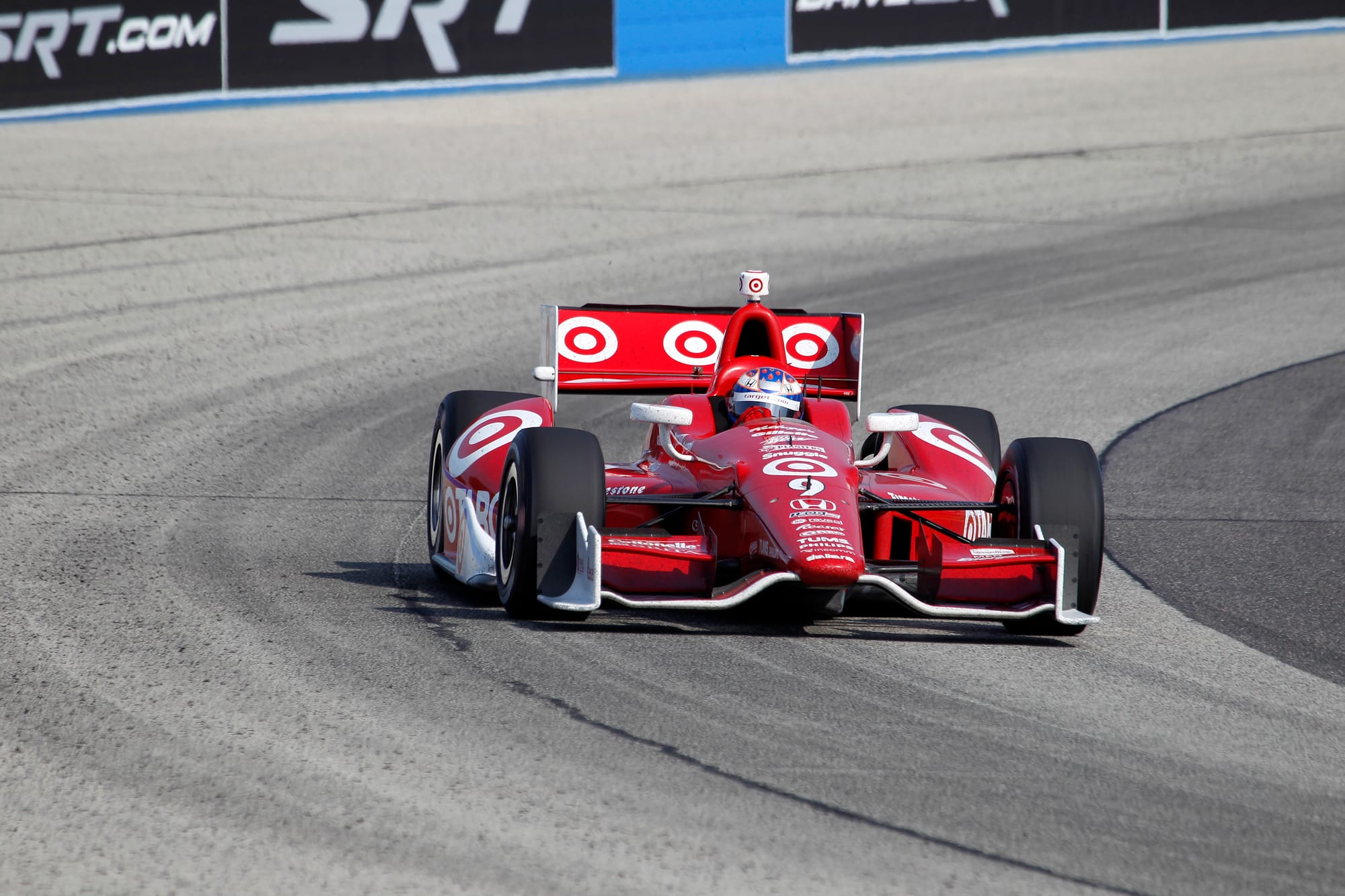
The same can be said of the finale at Nashville. The record book looks even better for him there.
Power has only one start there, finishing 11th, but Dixon won the last three races at the venue and has an average finish of 3.17 from six starts.
At Toronto and Portland, Dixon has the best average finish of the leading trio since 2021, too.
He has the most experience and a very significant set of stats to back him up.
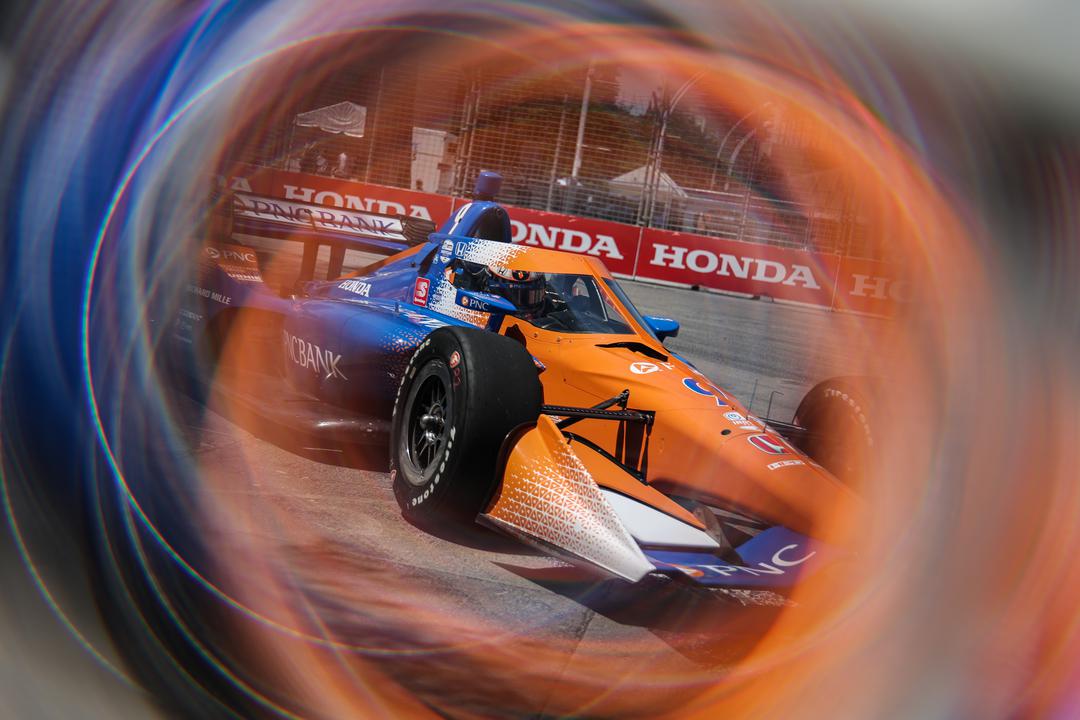
Average finishing position at Toronto 2021-23
Dixon 3
Palou 4
Power 14.5
Average finishing position at Portland 2021-23
Dixon 3
Palou 4.67
Power 13.33
What might stop Dixon?
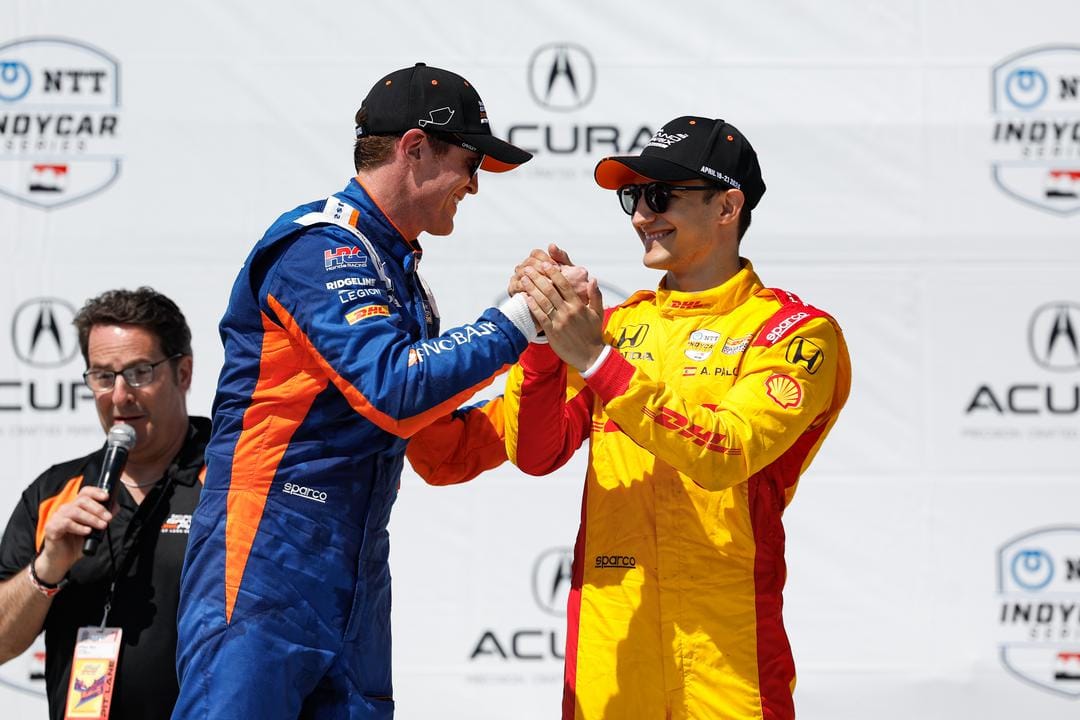
Ganassi team-mate Palou is Dixon's main issue, being a very considerable rival who has won two of the last three titles and someone who's imperious in his consistency.
He’s also in the sister car, which works both ways for this pair, but it still makes emerging on top that bit more difficult. Power has the excuse of a different team in Penske and different power in Chevrolet compared to Honda and Ganassi.
Dixon’s qualifying hasn’t been his strong suit either and as it stands, he’s unlikely to emerge victorious in the championship unless he improves it.
Average starting position 2024
Power 5.62
Palou 6.75
Dixon 10.5
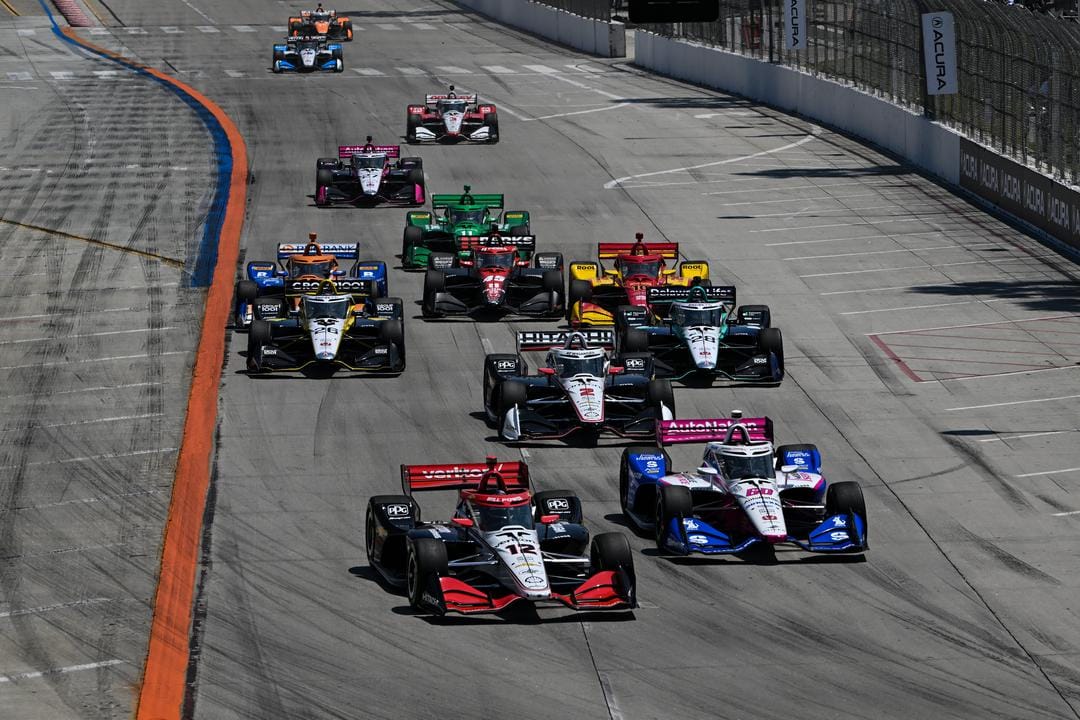
He’s starting almost five whole positions behind Power on average each race. There’s only so much strategy can do for you when you’re at such a disadvantage all the time.
He also has two finishes outside the top 10 this year, in a tricky two-strategy Barber race and when his tyres mysteriously went away at Road America. That’s why he’s third.
Of course, the introduction of the new hybrid unit at Mid-Ohio plus a host of engine issues earlier in the season could bite with penalties later in the year. But it could also harm the other contenders.
Contender #2: Will Power
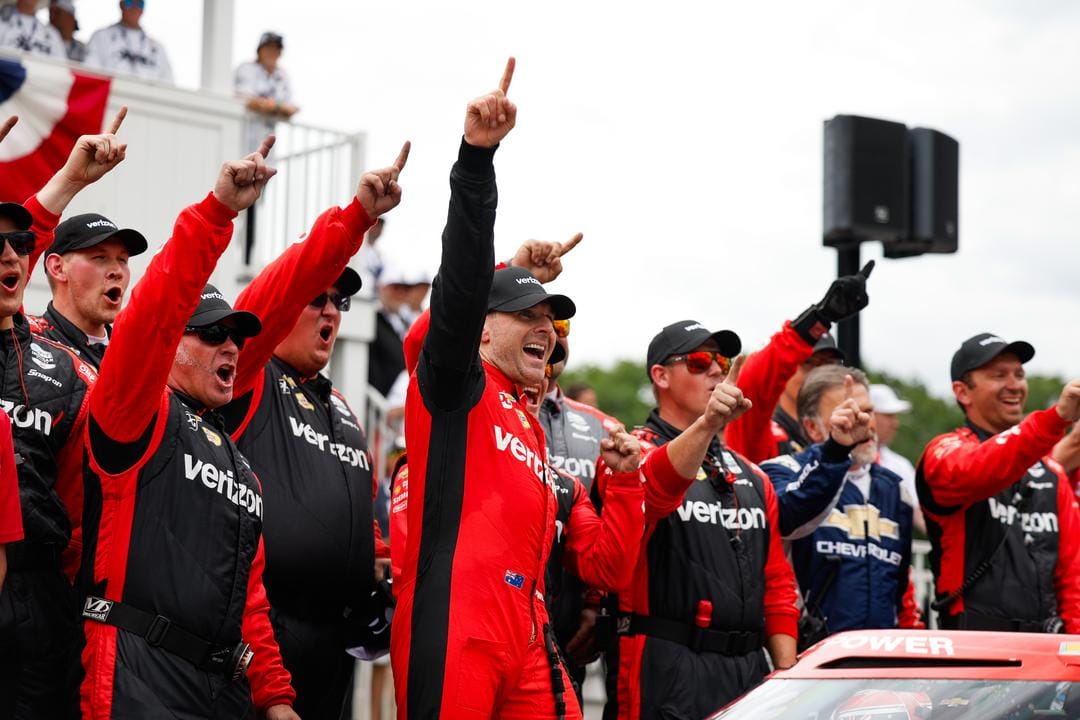
It seems ridiculous to put current points leader Palou third in this list but with six of the last nine races being on ovals, it opens the element of opportunity for his rivals and Power could strike.
Power had a tough title defence in 2023 and spent much of it thinking - rightfully so - about his wife Liz’s health after serious concerns. This year, she is recovering and is back at the races, and Power has been very strong with his mind focused on on-track matters.
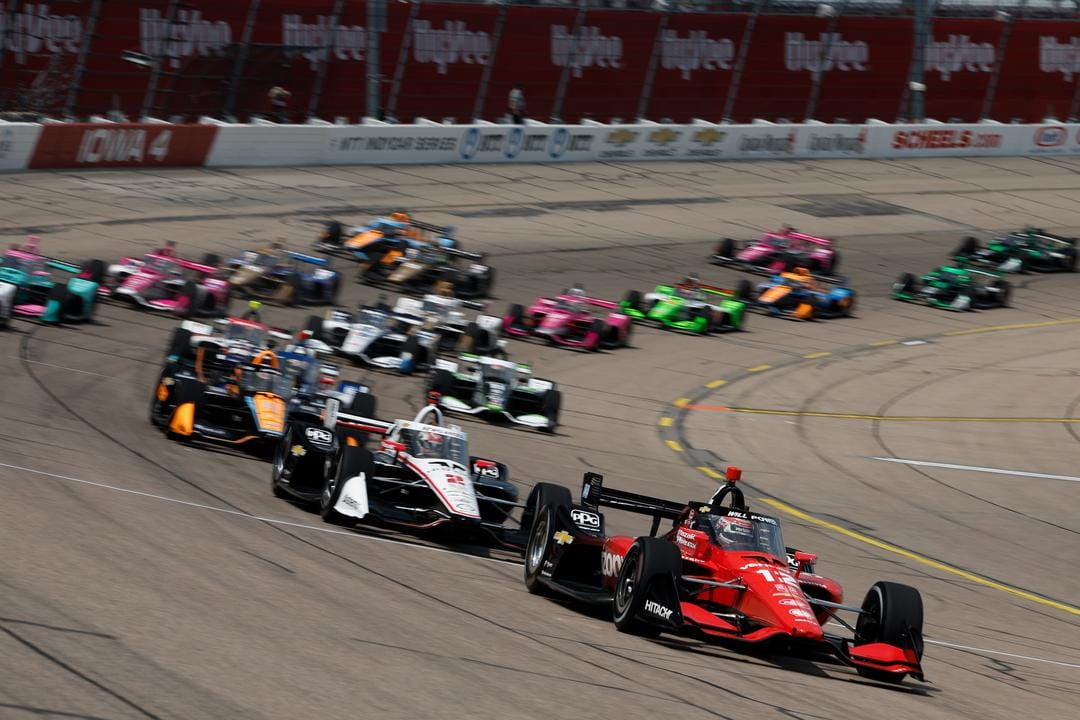
He has the best qualifying average of the three frontrunners, is the best at Iowa and Gateway since 2021 in that statistical range we’ve been using, and generally seems to be in similar form to 2022, when he just put really strong races together in quite quiet fashion on his way to a second IndyCar title.
Unlike Palou, he does have races in the bag at Milwaukee (pictured below) and one at Nashville too. So while his record isn’t Dixon-level there, the Penske team is dynamite generally on ovals and Power could benefit on the team and manufacturer side compared to his rivals, even if he's generally not as good as Dixon on ovals historically.
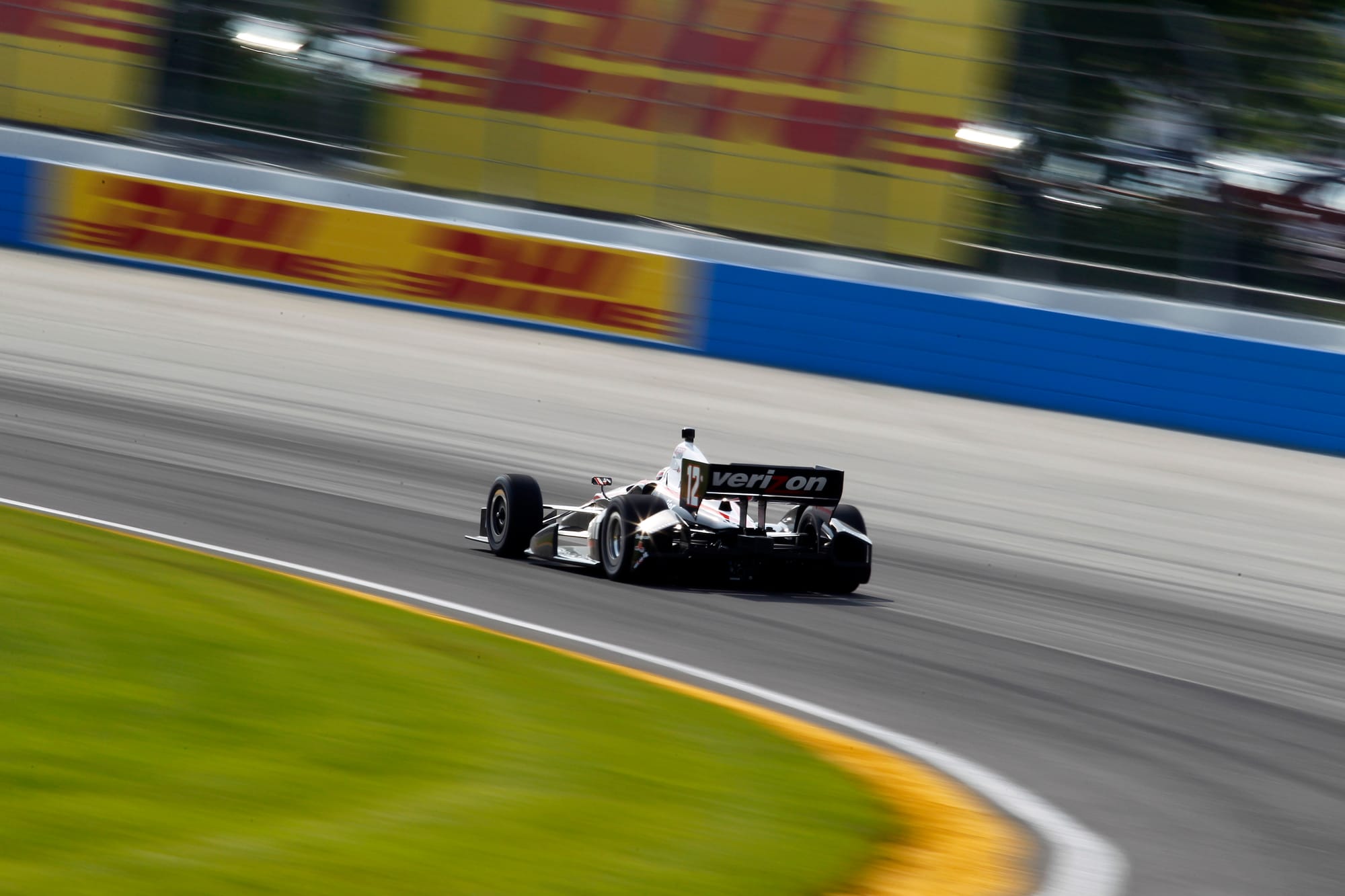
Average finishing position at Iowa 2021-23
Power 3
Dixon 5.25
Palou 7.5
Average finishing position at Gateway 2021-23
Power 6
Dixon 9.33
Palou 12
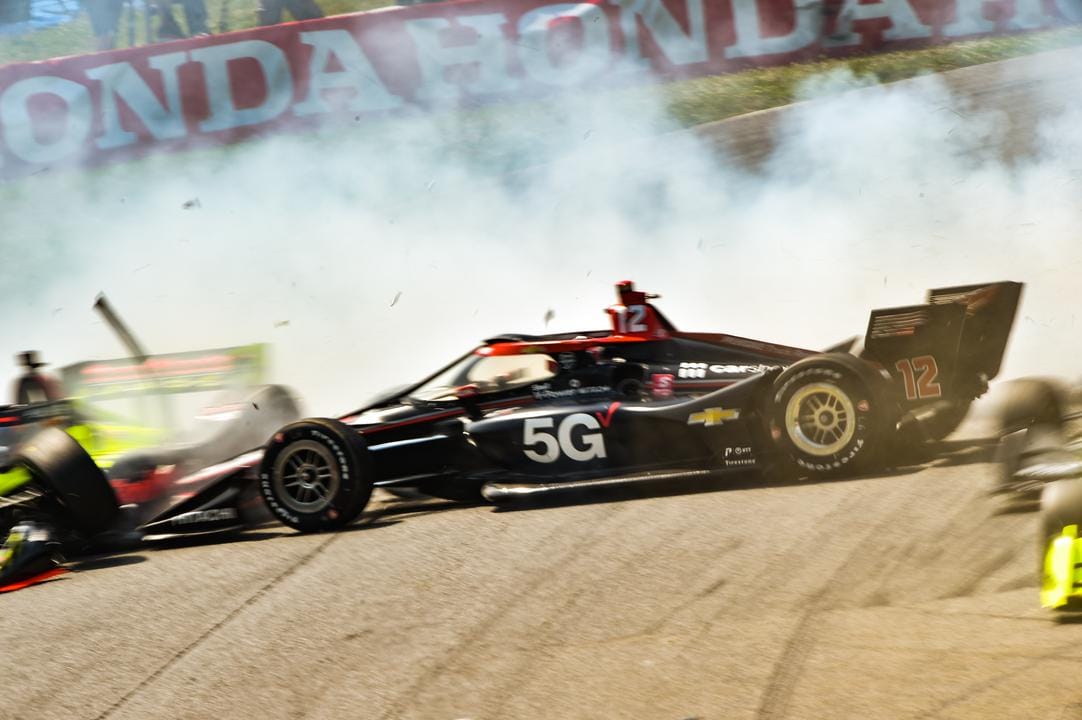
There's also quite a few incidents in this group of races that have hurt Power specifically in the past.
In 2023 he ran out of fuel at Toronto, finishing 14th, and was 25th after a spin at Gateway. In 2021 at Mid-Ohio he was hit by Dixon and then by Ed Jones which took him out of contention completely in 25th. So there are anomalies in his data.
What could stop him?
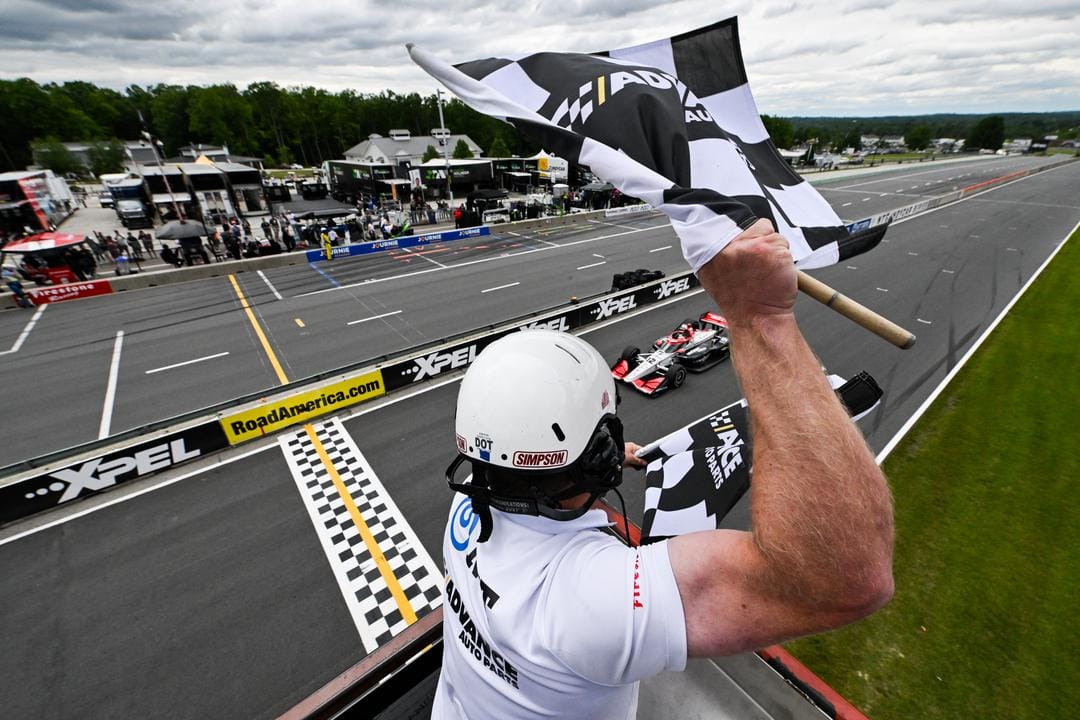
Power’s title in 2022 came with only one win, but he’ll need to bag more this year undoubtedly. He’s been very consistent but hasn’t looked like winning many races so he’ll have to rectify that.
Despite having a great record at Iowa, that track has been partially repaved and he crashed there in the test last week. Some have hinted that Penske’s set-up advantage at that venue since 2022 will have been reduced at least slightly going into this year's race.
So far he has finished every race bar one in the top seven. The one he didn't was a crash at the Indianapolis 500, which his team-mate won, and that might come back to haunt him.
Don't count out Palou
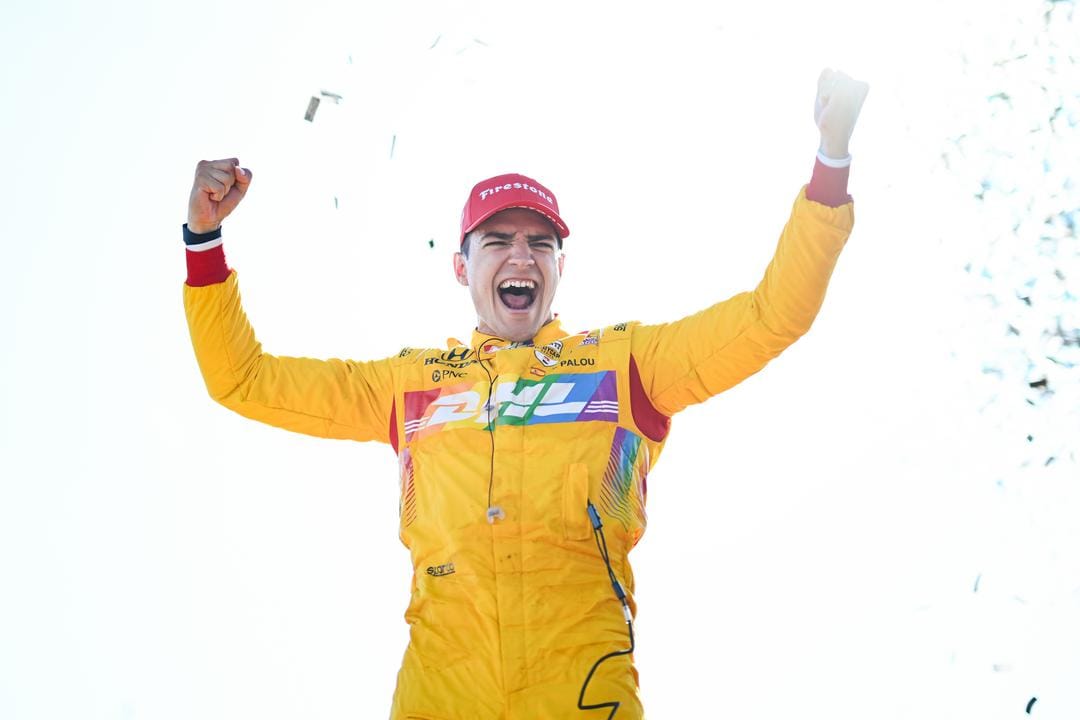
Palou won five races last year so if he does that again, he’ll win the championship.
Of course, that might not be a realistic suggestion - so let’s get into some more tangible data.
He is the best of the trio since 2021 at Mid-Ohio, has the best average finish this year, and has the second-best average starting position, just over one place behind Power. And this year, he's been in the top five at every race apart from Detroit where, as we mentioned earlier, he was taken out.
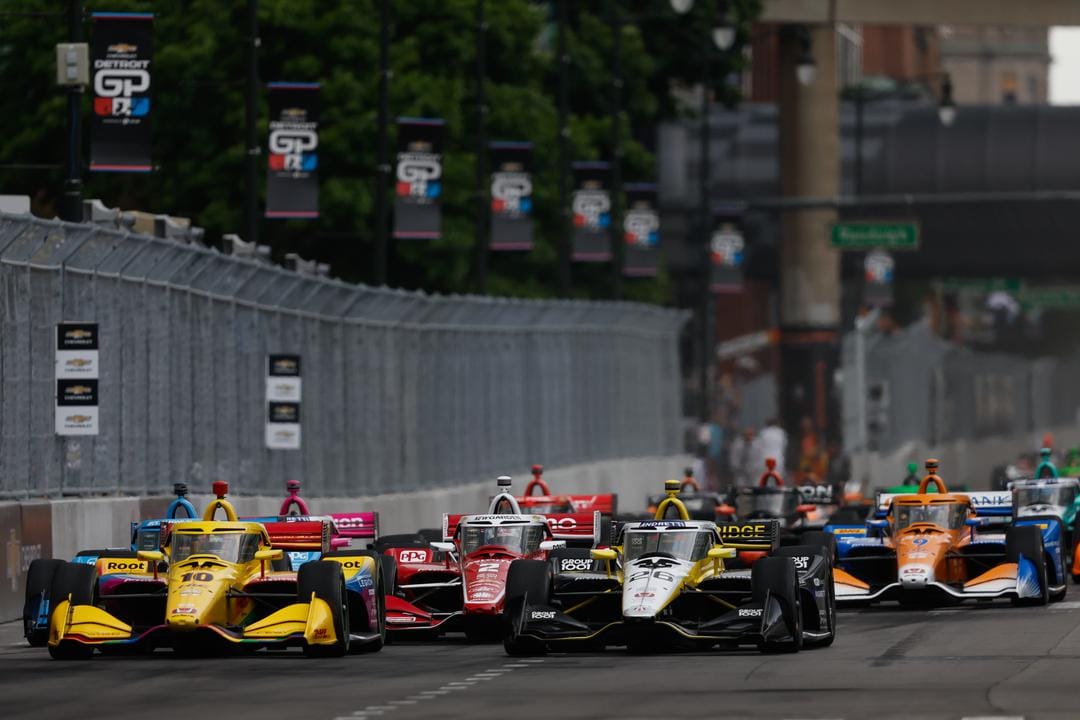
Average finishing position at Mid-Ohio 2021-23
Palou 2
Dixon 3.67
Power 10.33
If he wants to win, he’ll have to hope that Dixon’s and Power’s experience at the new ovals and their results at the existing ones aren’t totally out of his reach.
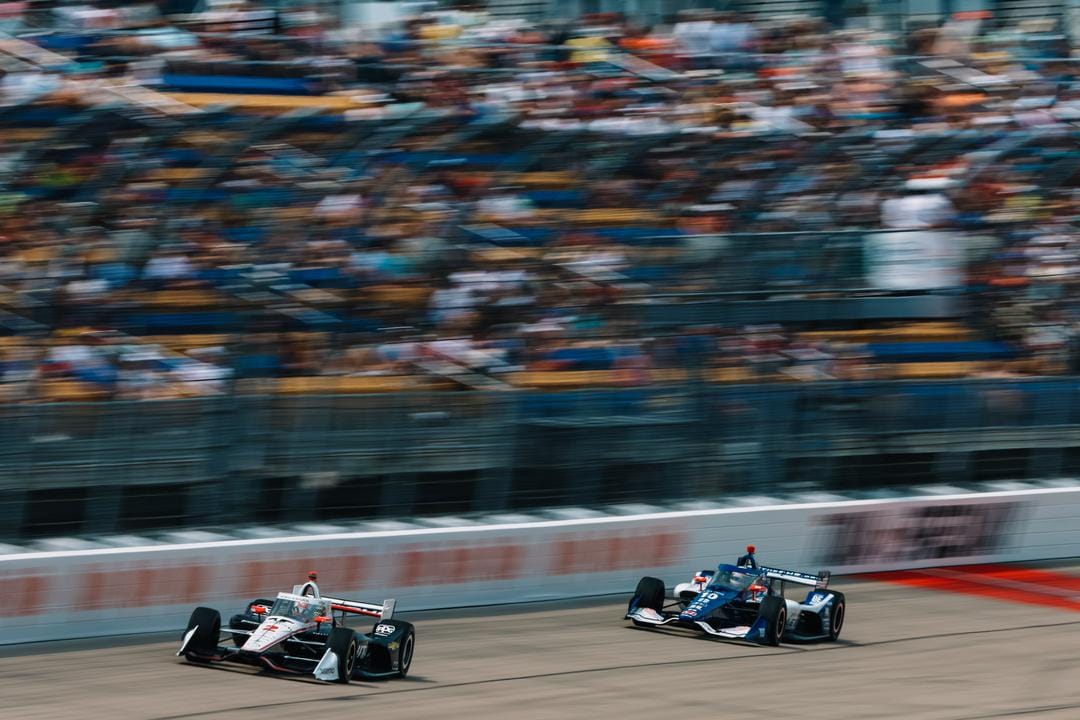
While some may question his averages on the existing ovals, it isn’t really a sizeable difference. He lacks a win, but has repeatedly improved year on year in aspects of his oval racing and continues to learn. The Indy 500 came naturally to him but the technical short ovals have quirks.
He's proven he can master some of those - such as Iowa, where he bagged a breakthrough podium last year.
Average finish so far in 2024
Palou 4.88
Power 6.25
Dixon 7.25
What could stop him?
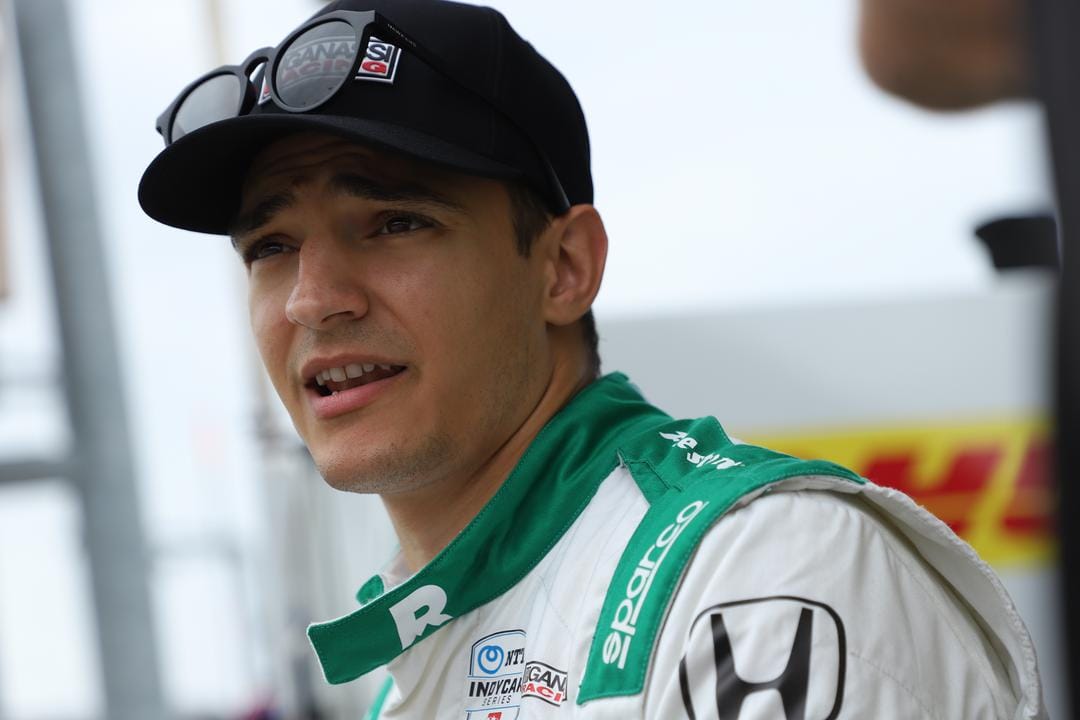
While Palou hasn’t been bad on ovals and has improved, he simply can’t afford to trail significantly in six of the last nine races. Continuing his improvement will be needed, as will capitalising on the road and street courses to supplement his points total.
The stats don't tell the full story, like at Gateway where his average finish is six places lower than Power's, but a lot of that is because of a 20th in 2021 when he was clipped by Rinus Veekay - an incident that collected Dixon and hurts his average there too.
Rinus Veekay gets into Scott Dixon AND Alex Palou, and the @IndyCar championship race just got NUTTY!#INDYCAR x NBCSN pic.twitter.com/38DuLSzWZ6
— INDYCAR on NBC (@IndyCaronNBC) August 22, 2021
Steering clear of any off-track controversy - a lawsuit initiated by McLaren isn’t likely to go to trial until next year, so a repeat of legal issues plaguing his title run-ins might not be on the cards - and avoiding the usual engine penalties and any poor reliability will be the key things to watch.
It feels like only a matter of time before he gets the shorter ovals figured out, so Dixon and Power had better capitalise while that's still the case and we have new ovals on the calendar.


